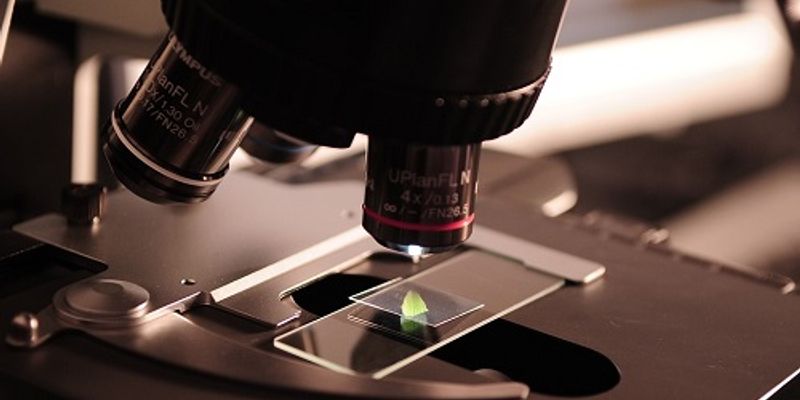Molecular chaperones help nascent polypeptides fold correctly and multimeric protein complexes assemble productively, while minimizing the danger of aggregation in the protein-rich intracellu...
OCT 17, 2013 | 2:00 PM
C.E. CREDITS
Pancreatic cancer is the 4th most common cause of cancer deaths in the United States. Due to the aggressive nature of this cancer and the lack of biomarkers for early detection, the incidence...
OCT 17, 2013 | 12:00 PM
The discovery of proteinaceous disease biomarkers and their clinical validation is critically important for the enablement of molecular diagnostics and ultimately, precision medicine. In spit...
OCT 17, 2013 | 11:00 AM
C.E. CREDITS
Curative therapy for metastatic disease in solid malignancies remains frustratingly elusive due to the long recognized problem of tumor cell heterogeneity and emergence of treatment resistant...
OCT 17, 2013 | 10:00 AM
C.E. CREDITS
Prostate cancer epithelial cells depend on androgens for their survival. Because of this dependence, androgen deprivation therapy is the major treatment of advanced prostate cancer. Such ther...
OCT 17, 2013 | 9:00 AM
C.E. CREDITS
Cancer metastases develop when tumor cells known as circulating tumor cells (CTCs) are shed from a tumor, circulate through the blood stream and colonize a distant tissue. The number of CTCs...
OCT 17, 2013 | 8:00 AM
C.E. CREDITS
Developments in DNA sequencing technology have provided a unique opportunity for diagnosis and discovery of genetic alterations for rare diseases. Partnering with 20 academic centers in the U...
OCT 17, 2013 | 7:00 AM
Whenever there is cell death, apoptotic cell free DNA fragments appear in the circulation of the host. These fragments, typically 145-160 base pairs in size, represent a minute fraction of to...
OCT 17, 2013 | 6:00 AM
The widespread adoption of precision medicine in oncology requires: a compendium of therapies targeting the genetic vulnerabilities of cancer; the diagnostic tools capable of generating a pr...
OCT 16, 2013 | 3:00 PM
C.E. CREDITS
Deregulation of ACK1, a non-receptor tyrosine kinase originally identified by its ability to bind to GTP-bound Cdc42 (hence the name: activated Cdc42-associated kinase)(Manser et al., 1993),...
OCT 16, 2013 | 11:00 AM
Survival rates for early stage non-small cell lung cancer (NSCLC) remain unacceptably low compared to other common solid tumors. This mortality reflects a weakness in conventional staging, a...
OCT 16, 2013 | 11:00 AM
"SuperSelective" primers, by virtue of their unique design, enable only a few molecules of a mutant sequence to generate amplicons in conventional, real-time PCR assays without interference...
The adjuvant therapy of choice for superficial bladder cancer is the intravesical instillation of live Mycobacterium bovis Bacillus Calmette-Guerin (BCG). In spite of the fact that this thera...






















